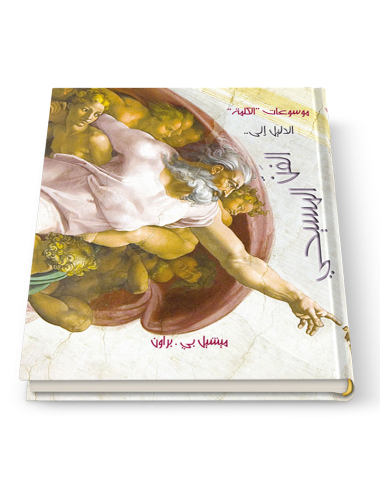Concept of Tampering in Philosophy and Art
This book is a cry of protest against those who rejoice at the death of ideas and doctrines and declare in a foolish trance that existentialism is dead
0 kg - 5 kg
This book is a cry of protest against those who rejoice at the death of ideas and doctrines and declare in a foolish trance that existentialism is dead
Kitcher elaborates a comprehensive vision of the evolution of human morality...For serious students of ethics, this is the indispensable book.--H. C. Byerly"Choice" (04/01/2012)
This magnificent book promises to be a heavyweight contribution to the field of moral philosophy. Kitcher is one of the most elegant writers in the business; his thinking is subtle and profound.--Richard Joyce, Victoria University Of Wellington
The subject of fiction has received clear interest from many philosophers, both idealists and empiricists. We will depart from the subject of our studies if we try to follow the opinions of modern philosophers in this regard
The late Carl Rogers, founder of the humanistic psychology movement, revolutionized psychotherapy with his concept of client-centered therapy. His influence has spanned decades, but that influence has become so much a part of mainstream psychology that the ingenious nature of his work has almost been forgotten. Houghton Mifflin is delighted to introduce this preeminent psychologist to the next generation with a new edition of this landmark book.
Carl Rogers was a stubborn warrior when he entered many battles - battles in the field of treatment of income with scientific medicine and psychiatry, who tried to prevent psychologists from treating patients..
Where did the Bible come from? Author Craig D. Allert encourages more evangelicals to ask that question. In A High View of Scripture? Allert introduces his audience to the diverse history of the canon's development and what impact it has today on how we view Scripture. Allert affirms divine inspiration of the Bible and, in fact, urges the very people who proclaim the ultimate authority of the Bible to be informed about how it came to be. This book, the latest in the Evangelical Ressourcement series, will be valuable as a college or seminary text and for readers interested in issues of canon development and biblical authority.
Christianity has been a central force in the shaping of western culture. It is not surprising, therefore, that the greatest artists down the centuries have sought to paint its story. This book tells the history of Christian art, exploring the purpose behind the masterpieces and looking at the context in which they were created. The modern secular reader who feels detached from the meaning of the paintings will be helped to understand their emotional as well as their asethetic power. And the Christian reader will be encouraged to explore further the wonder and beauty of the Christian cultural legacy. The book includes a final chapter on the way modern artists are continuing and changing the legacy.
This book deals with discussing topics at the same time. This may be a possible opportunity and a possible opportunity coincides with a unique opportunity.
This book is both a testament to a great thinker and a still vital strand of thought in the comprehension and critique of the modern organized world. It is essential reading for younger scholars and a radical reminder for those steeped in the tradition of a critical theory of society.













